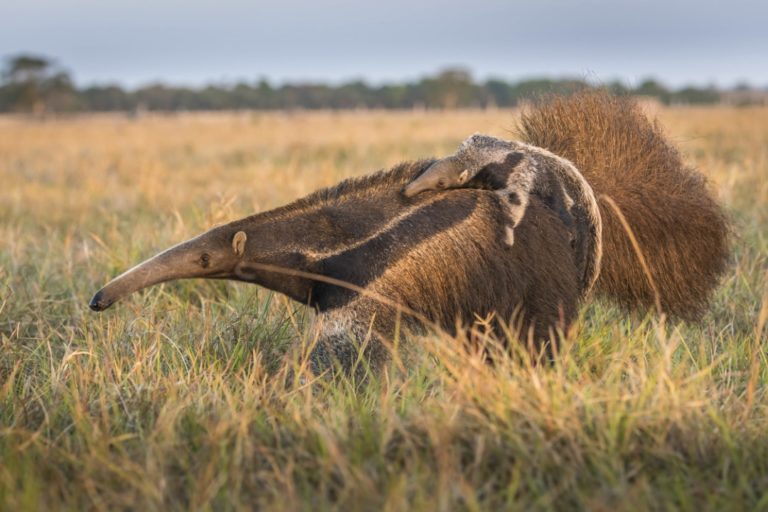A group of senior Australian scientists have warned in an international journal that logging native forests makes fire more severe and is likely to have exacerbated the country’s catastrophic summer bushfires.
In a comment piece published in the journal Nature Ecology and Evolution, the scientists call for a clearer discussion about how land management and forestry practices contribute to fire risk.
The article by the scientists David Lindenmayer, Robert Kooyman, Chris Taylor, Michelle Ward and James Watson comes amid intense debate about the resumption of logging in Victoria and New South Wales in bushfire hit regions.
In Victoria, the chief executive of state-owned timber agency VicForests, Monique Dawson, has previously defended plans to log fire-affected areas, saying it was focused on areas “where most of the free-standing trees have been killed”.
In a letter of 15 April to the Goongerah Environment Centre, a community group based in East Gippsland, Dawson said VicForests did not accept Lindenmayer’s published opinions “as reflective of evidence and do not consider him to be an authority in these matters”.
Lindenmayer, a widely published and cited ecologist and conservation biologist, said he was taking legal advice about the remarks in the letter.
In the comment piece, the scientists say much of the conversation in the aftermath of the spring and summer bushfires had rightly focused on climate change, but the impact of land management and forestry on fire risk was often neglected in these discussions.
They highlight this as a concern because land management policy was “well within the control of Australians” and the fires had been used by some sectors of the industry to call for increased logging in some areas.
The paper says industry data showed that some 161m cubic metres of native forest was logged in the period from 1996 to 2018.
“Beyond the direct and immediate impacts on biodiversity of disturbance and proximity to disturbed forest, there is compelling evidence that Australia’s historical and contemporary logging regimes have made many Australian forests more fire prone and contributed to increased fire severity and flammability,” the scientists write.
This occurs because logging leaves debris at ground level that increases the fuel load in logged forests. It also changes forest composition and leaves these areas of forest both hotter and drier, they say.
The article says during the bushfire season fire had spread from logged areas adjacent to old growth eucalypts and rainforests in the Gondwana world heritage reserves.
In Victoria’s East Gippsland region, “extensive areas of logged and regenerated forest have burned repeatedly in the past 25 years”.
They suggest a number of responses to reduce the risk of further catastrophic fire seasons, including the “removal of logging from areas where it adds considerably to fuel loads and creates forest structures that increase fire severity and risks to human safety”.
They also call for restoration of previously logged forests to build resilience to future fire events.
“In the event of wildfires, land managers must avoid practices such as ‘salvage’ logging – or logging of burnt forests – which severely reduces recovery of a forest,” Lindenmayer said.
Instead, he said governments needed to confine timber supply to plantations and look at ways to accelerate the industry transition in states such as Victoria, which plans to phase out native forest logging by 2030.
Watson said governments needed to have a “clearer conversation” about the impact logging had on fire risks and on the safety of communities in bushfire-prone areas.
“Logging causes a rise in fuel loads, increases potential drying of wet forests and causes a decrease in forest height,” he said.
“It can leave up to 450 tonnes of combustible fuel a hectare close to the ground – by any measure, that’s an incredibly dangerous level of combustible material in seasonally dry landscapes.”
Australia’s natural disaster preparedness is currently being examined by the bushfires royal commission.
Guardian Australia approached both the NSW and Victorian governments for comment.


